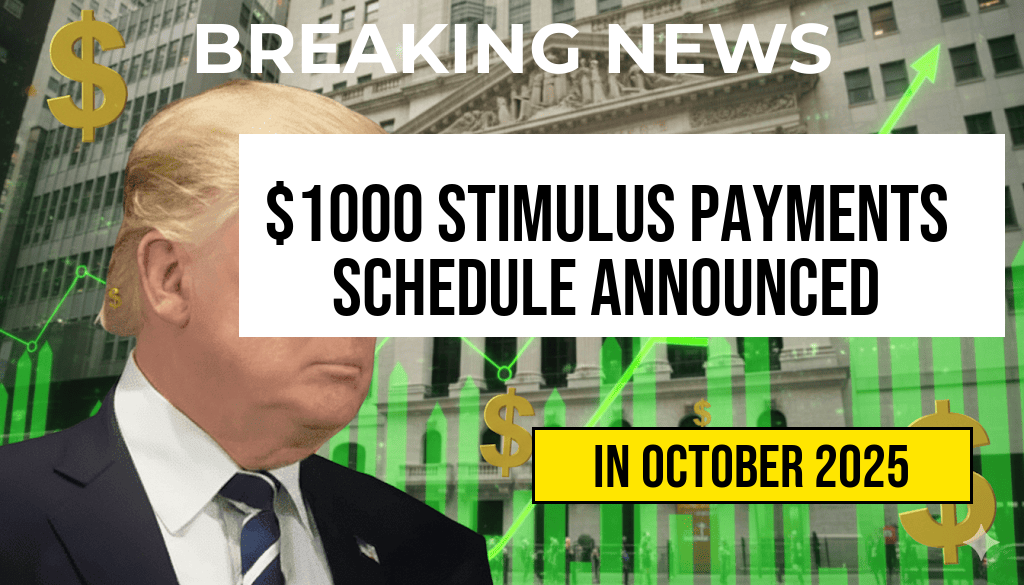For millions of Americans engaging in side gigs or freelance work, understanding the tax reporting thresholds is crucial. One of the most significant markers is the 1099-K form, which is issued by payment processors like PayPal, Venmo, or Square. As of 2023, the IRS requires these platforms to send a 1099-K to users who receive more than $20,000 in gross payments across more than 200 transactions within a calendar year. This change aims to improve tax compliance among gig workers, small business owners, and independent contractors. However, many individuals involved in small-scale transactions or side hustles may not realize they are approaching this threshold or how it impacts their tax obligations. This article explores the side hustle threshold, clarifies how the $20,000 and 200 transactions rule works, and provides guidance for those navigating the complexities of tax reporting in the digital economy.
Understanding the 1099-K Reporting Threshold
The 1099-K is a tax form that reports payment card and third-party network transactions to the IRS. Its purpose is to ensure that income earned through digital platforms is properly reported and taxed. Previously, the threshold for receiving a 1099-K was set at $20,000 in gross payments and 200 transactions per year. If both criteria are met, the payment processor is mandated to send a copy of the form to both the taxpayer and the IRS. This dual reporting increases oversight of income generated through online payment platforms, which often escape traditional payroll or self-employment tax systems.
Recent Changes and the New Threshold
In 2022, the IRS announced a significant update to this reporting rule, which took effect in the 2023 tax year. Under the new regulation, the threshold for receiving a 1099-K has been lowered to just $600 in gross payments, regardless of the number of transactions. This change aligns with efforts to close loopholes that allowed small-scale gig workers and independent sellers to evade income reporting. Consequently, many individuals who previously did not expect to receive a 1099-K may now find themselves receiving one, even with modest earnings.
Who Needs to Pay Attention?
| Year | Payment Threshold | Transaction Threshold |
|---|---|---|
| Before 2023 | $20,000 | 200 transactions |
| 2023 and onwards | $600 | Any number of transactions |
This shift means that gig economy workers, online sellers, and freelancers who earn more than $600 annually through platforms like PayPal, Etsy, or eBay should be prepared for potential 1099-K receipt and corresponding tax obligations. It’s especially relevant for those who might have previously earned less than the old thresholds but now exceed the new lower limit.
Implications for Side Hustlers and Freelancers
Despite the lower reporting threshold, earning over $600 does not automatically mean additional taxes are due. Instead, the 1099-K serves as a record-keeping tool, prompting taxpayers to report their income accurately. Failing to report income that exceeds the threshold can lead to penalties, audits, and added scrutiny. Conversely, some individuals may receive a 1099-K but not realize they need to report that income if it’s part of their overall earnings from multiple sources.
How to Prepare for Tax Season
- Keep detailed records of all income and expenses related to side gigs.
- Understand your total earnings across various platforms, including those not subject to 1099-K reporting.
- Consult a tax professional to ensure compliance and optimize deductions for business expenses.
- Be aware that income reported on a 1099-K must be included in your tax return, regardless of whether you received a physical form or not.
Beyond the Threshold: Broader Tax Considerations
While the $600 threshold simplifies reporting for many, it also raises questions about how small-scale income is taxed. Income from side hustles is typically considered self-employment income, meaning that individuals are responsible for paying self-employment taxes and making estimated quarterly payments. Moreover, expenses such as supplies, home office deductions, and mileage can offset taxable income, reducing the overall tax burden.
Tax authorities emphasize transparency and compliance, encouraging gig workers to report all income accurately. Resources like the Wikipedia page on U.S. taxation provide additional context on how different income streams are taxed, while platforms like Forbes offer practical insights on navigating reporting obligations.
Summary
The shift in the 1099-K reporting threshold from $20,000 and 200 transactions to just $600 regardless of transaction count represents a significant change for side hustlers and small-scale online sellers. It underscores the importance of diligent record-keeping and proactive tax planning. As more individuals receive these forms, understanding the rules helps ensure compliance and avoid surprises during tax season. Staying informed and consulting professionals when needed can help gig workers manage their income responsibly within the evolving landscape of digital commerce.
Frequently Asked Questions
What is the Side Hustle Threshold for receiving a 1099-K?
The Side Hustle Threshold requires earning over $20,000 in payments through third-party payment processors within a calendar year to receive a Form 1099-K.
Who needs to worry about the 1099-K reporting requirements?
Freelancers, gig workers, and small business owners who receive more than $20,000 in payments via platforms like PayPal, Venmo, or other payment processors should be aware of the 1099-K reporting threshold.
How does exceeding the $20,000 payment threshold affect my taxes?
If you earn more than $20,000 through payment processors, you will receive a 1099-K form that reports your gross payments. This information must be included in your tax return, potentially increasing your taxable income.
Are there any exceptions to the $20,000 payment threshold for 1099-K reporting?
Yes, some states have lower thresholds or different reporting requirements. Additionally, even if you don’t meet the threshold, you’re still responsible for reporting your income accurately on your taxes.
What should I do if I receive a 1099-K but I believe my payments are incorrect?
If you receive a 1099-K with incorrect information, you should contact the payment processor to request a correction. Keep detailed records of your transactions to support your tax filings and resolve any discrepancies.







